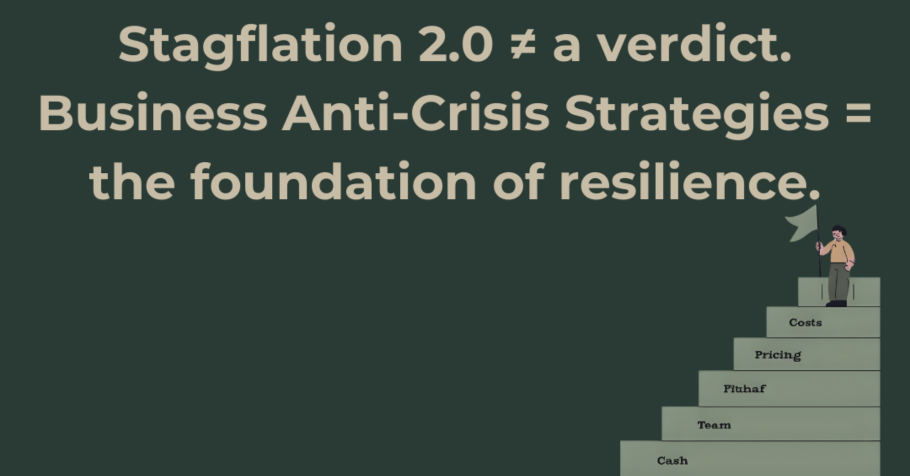Available in other languages:
Español | Français | Deutsch
1. 1. The Problem of Information Overload
Why Are There So Many Forecasts Today?
In recent decades, humanity has found itself in a unique situation. Forecasts are coming from everywhere. Technological advancements—especially in data processing and artificial intelligence—have led to the generation of hundreds, sometimes thousands, of forecasts across various topics. These include economics, politics, fashion, and health.
According to Eurostat, in 2024, 93% of Europeans aged 16–74 used the internet at least once in the last three months. This represents a 7-point increase from 2019 (ec.europa.eu). As a result, almost everyone is exposed daily to an endless stream of data, news, and forecasts, often riddled with bias in forecasting.
The proliferation of sources—from academic institutions to startups and social media personalities—intensifies the issue. Everyone has a voice. However, not all voices are equally reliable.
The Dangers of Overload and Bias
Analysis paralysis is a growing concern. The more contradictory signals one receives, the harder it becomes to act. This leads to anxiety and a lack of trust in any source. It also encourages cognitive biases, such as only seeking information that confirms personal beliefs.
Bias in forecasting further distorts decision-making. This is especially true when the audience is unaware of the assumptions or agendas behind predictions.
A 2024 study by researchers at Rensselaer Polytechnic Institute (RPI) and the EU compared information overload to environmental pollution. They estimated a cost of nearly $1 trillion per year in economic loss caused by inefficient decisions (news.rpi.edu).
What Does It Mean to Find the “Common Rhythm”?
The term “common rhythm” doesn’t mean identifying a single accurate prediction. Instead, it means developing a robust system to filter, evaluate, and synthesise information. Like listening to an orchestra, it’s about finding harmony in noise while actively accounting for bias in forecasting.
2.How to Filter and Evaluate Forecasts
Trustworthy Sources in a Biased Forecasting Environment
Forecasts should be judged by their source. According to Eurobarometer, 67% of Europeans trust Eurostat data. Furthermore, 65% consider it objective (ft.com). Reputation, transparency, and track record all matter.
If a source has been wrong repeatedly, we should ask why. Could their predictions reflect not just inaccuracy, but a consistent bias in forecasting?
Spotting and Understanding Forecasting Bias
Forecasts often contain bias. This bias can be political, economic, or personal. For example, some forecasters may promote an ideology or product.
To counter this, compare multiple sources with different viewpoints. This helps reveal a fuller picture. Understanding how bias in forecasting works enables better judgment.
How Forecasting Methods Affect Bias
Forecasts are made using different methods. These include statistical models, expert opinion, machine learning, or hybrids.
Each approach has its strengths. However, all have limitations. For instance, AI may detect patterns but ignore human context. Meanwhile, expert opinions may be influenced by personal bias.
No forecast is 100% accurate. Recognising these limitations helps us treat forecasts as probabilities, not facts. It also makes it easier to detect forecasting bias.
3. Building a Personal Strategy
Apply Critical Thinking to Biased Forecasts
Critical thinking is essential. Ask yourself:
- Who created this forecast?
- What methods did they use?
- Was the data verified?
- Do they benefit from a specific outcome?
These questions help uncover hidden bias. They also make the decision-making process more transparent and more reliable.
Consolidate Information from Diverse Sources
Create a simple table. Include forecast, author, method, outcome, confidence level, and publication date. This structure reveals patterns or agreements between sources.
The “common rhythm” can appear through repeated signals, even when predictions differ. It becomes easier to identify consistencies or highlight the most significant gaps.
Assign Weights to Predictions
Not all forecasts carry the same importance. For example, give higher weights to predictions from credible, accurate, and unbiased sources.
By assigning values based on expertise, method, and past performance, we reduce the influence of bias in forecasting. This allows for more informed and balanced conclusions.
Use Scenario Planning to Offset Forecasting Bias
Avoid relying on one outlook. Instead, build three scenarios:
- Optimistic
- Pessimistic
- Baseline
This method helps you prepare for uncertainty. It also guards against the distortions introduced by forecasting bias.
4. Practical Applications: Overcoming Forecasting Bias in Real Life
Business Strategy and Bias in Forecasting
Business leaders deal with competing forecasts. One predicts growth. Another expects a recession. How should decisions be made?
Use a mix of weighted predictions and scenario planning. A good strategy recognises bias in forecasting and plans accordingly.
Personal Finance in a Biased Landscape
Investment advice is often contradictory. Some analysts foresee stock market booms. Others expect downturns.
To reduce risk, diversify. For example, mix investments across asset types and sectors. Also, identify possible bias behind bold claims.
Understanding bias in forecasting improves your financial decisions. It helps you separate hype from meaningful insight.
Navigating Health and Lifestyle Advice
Health forecasts change regularly. Today’s “superfood” might be tomorrow’s cautionary tale.
To stay grounded, follow guidance from trusted institutions such as the WHO. Recognise that media-driven health tips often contain forecasting bias.
Daily Planning: Weather, Sports, and More
Forecasts guide simple decisions, too. Should you carry an umbrella? Should you bet on a team?
Short-term scenario thinking helps here. Even if bias in forecasting plays a minor role, it’s worth considering potential slant or misrepresentation.
Be Flexible and Adaptable
Build your rhythm. Then, adjust when needed. New data means it’s time to reassess.
Flexibility lets you adapt to unexpected changes—even when they stem from forecasting bias.
Manage Psychological Stress from Forecast Overload
Too many predictions can be overwhelming. To stay sane:
- Limit news consumption
- Unfollow untrustworthy sources
- Practice mindfulness
- Accept that some uncertainty is inevitable
Mental resilience is key. Especially when dealing with the stress of bias in forecasting.
Our expert guidance in business forecasting will help you identify and mitigate threats and transform external challenges into strategic opportunities. [Contact Us]
5. Conclusion: Navigating a Forecast-Rich World with Clarity
The flood of forecasts isn’t a curse. Instead, it’s a chance to grow intellectually.
Use filters. Assign weights. Build scenarios. Always remain aware of bias in forecasting.
Start with one topic. Collect and compare predictions. Assign weights. Then, create three scenarios.
Soon, you’ll begin to recognise a rhythm. Not silence, but clarity in the noise.
With discipline and flexibility, even the most chaotic predictions become manageable. Stay informed. Stay calm. Let the rhythm guide your next step.





